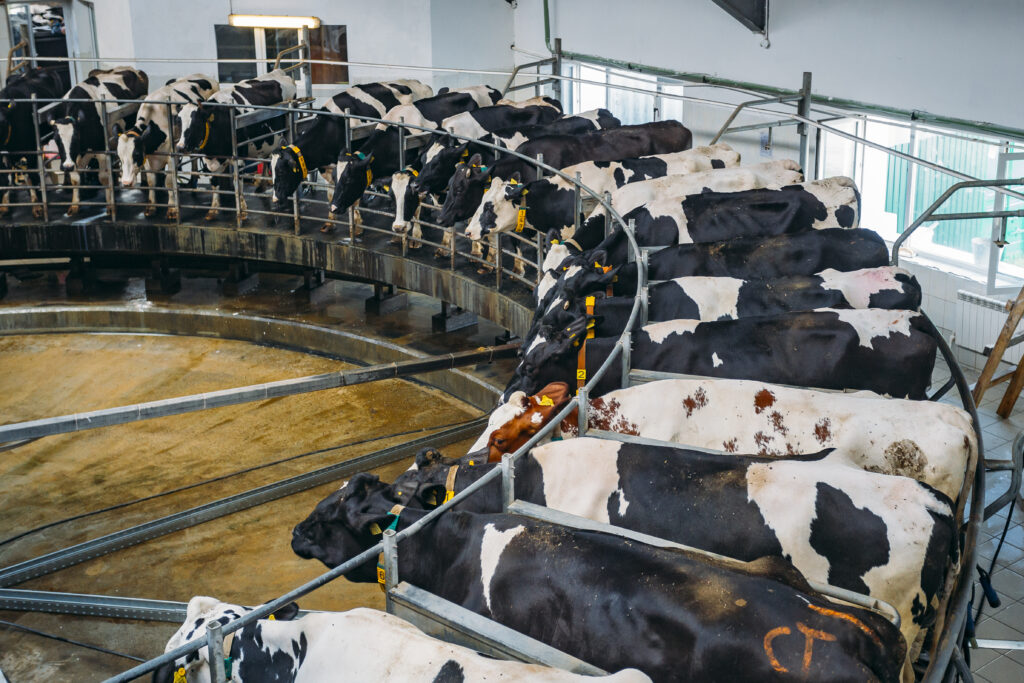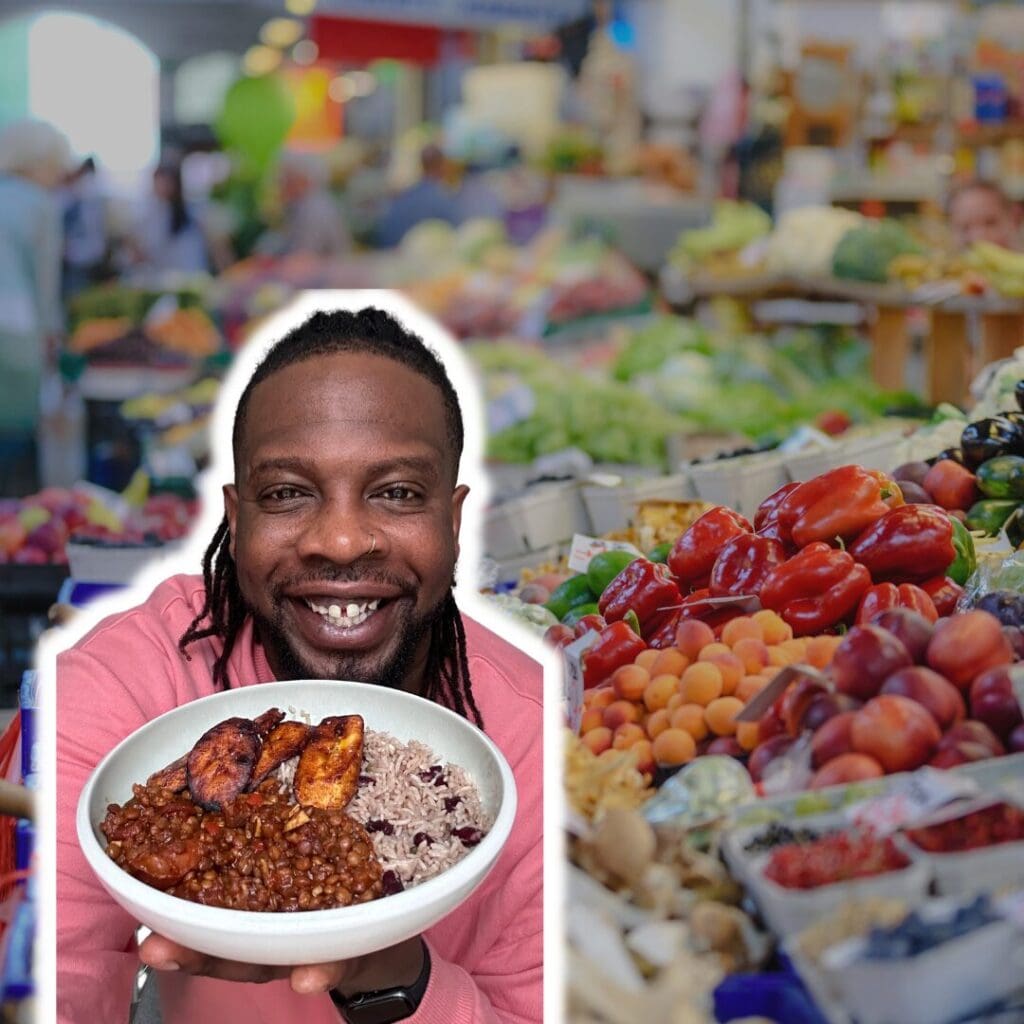Go plant-based for the animals

The growing consumption of animal products has led to the expansion of factory farms.
Farmed animals are among the most directly impacted by human activity, with more than 830 million land animals raised and killed for food in Canada in 2019.
Mass consumer demand for of animal products has led to the rise of the industrial animal agriculture system, characterized by enormous numbers of animals confined in cramped, barren and unnatural conditions.
Animals are typically kept in cages or stalls that severely limit their ability to behave naturally and socially. It is also common practice to separate mothers from their young much earlier than would naturally occur.
On-farm practices, including painful procedures without the use of pain control; rough handling and the use of electric prods; untimely or no treatment of injury and disease; and inhumane methods of euthanasia all pose serious farmed animal welfare concerns.
Practices and conditions surrounding the transport, auction and slaughter processes are also incredibly stressful for animals. Every year in Canada, approximately 14 million animals suffer injuries and 1.6 million die during transport journeys that are often long-distance and in extreme weather conditions. At slaughterhouses, thousands of animals are killed per day, resulting in a fast-paced, dangerous environment for both the animals and the workers.
Conditions in farms are often hidden from the public, denying consumers informed consent when they choose which products to purchase at the grocery store. There are a few legal protections for humane treatment of farmed animals, but these are often rarely enforced. Instead, so-called “Ag-Gag” laws punish those who expose cruelty on industrial farms with prison sentences, as recently took place in British Columbia.
Chickens
“Broiler” chickens, raised for meat, make up the vast majority of the animals killed for food in Canada. Of the 830 million farmed animals killed in 2019 in Canada, more than 747 million were broiler chickens.
Chicken farms vary in size, with an average of 36,000 birds kept in huge indoor sheds, eating and sleeping in their own waste for their entire lives. These chickens have been genetically modified by breeding for such rapid weight gain that they develop painfully weakened bones from rapid weight gain, which also causes heart attacks, skeletal disorders and lameness (inability to walk). In 1950 it took 84 days for a broiler to reach market weight. Today it takes 38 to 40 days.
Pigs
More than 21 million pigs were killed for meat in 2019 in Canada. Pig farms vary in size, with some housing upwards of 5,000 animals.
Most farms keep pigs confined indoors in individual stalls or group pens. While the Canadian standards require pigs to have enrichment, farmers have argued that pigs being near each other is enrichment enough. The majority of pigs are not provided materials for bedding or nest-building; behaviours that are hard-wired. As a result, they experience daily frustration and stress. Stress from overcrowding and boredom can create aggression, so most pigs have their tails cut off to prevent tail-biting.
The majority of farmers use gestation stalls to house mated female pigs used for breeding which involves brutal techniques of artificial insemination. These stalls provide only enough room for a pig to stand or lie down, but not enough to turn around. When the pig is expected to give birth, they are moved to a farrowing crate, which is similar in size to the gestation crate, but is equipped with a separate section for the piglets and a guardrail to prevent them from being accidentally crushed under their mother.
Typically, piglets are abruptly weaned between 14-28 days old, which is much earlier than natural and is stressful for the mom and piglets. The piglets are moved into group pens, while the mother is moved back into the breeding area to start the breeding cycle over. If a piglet is deformed, the legal method of euthanasia considered acceptable is blunt force trauma. As with kids (baby goats) and lambs, the animal is swung full speed against a wall, or tools such as hammers or pipes are used to bludgeon them.
Egg-laying hens
The average egg farm has over 22,000 hens, but larger farms can have more than 400,000 hens. The majority of egg-laying hens are kept confined in cages or crowded together in barns that are rarely cleaned and with air permeated by caustic ammonia. While one may think “free-range” eggs are better, free-range is legally defined as “access to the outdoors,” and barns are often so crowded that almost none of the hens will discover the small cat-sized door they have access to. In such densely populated barns, feather-plucking becomes a problem. It is common to see completely feather-bare hens sent to slaughter, having lived their entire lives being picked on by other hens.
Shortly after hatching, hen chicks undergo a painful ‘de-beaking’ procedure that involves removing part of the beak with a blade or laser, with no requirement for the use of pain medication.
In nature, hens live up to 10 years. Genetic selection has resulted in today’s egg-laying hens laying approximately 340 eggs per year – a much higher rate than is natural. After two to three years, the hen’s bodily resources are so depleted that their egg production decreases and they are sent to slaughter for food as they are no longer profitable. In 2019, nearly 34 million egg-laying hens were slaughtered for this reason in Canada. This does not include the number of male chicks that are killed after hatching, as they are of no use to the egg industry and are not the fast-growing breed used in the broiler (meat) chicken industry. They are killed by a chopper or boiling water.
Hens naturally go through a time where they stop laying, called moulting, each year. All commercial egg producers, including those misleadingly labelled as organic or free-range, either send the hens to slaughter as soon as this time arrives or they ‘force-moult’ the birds by starving them to shorten the period. If they force-moult, the farmers send the hens to slaughter after the second year because their bones are too brittle at this point from the egg laying.
Beef & dairy cattle:
More than 3 million beef and dairy cattle were killed in 2019 in Canada.
Castration and horn removal are routinely performed on cattle raised for beef. These are painful procedures that are often performed on cattle raised for beef without the use of pain medication. Transport is a stressful process for cattle, yet beef cattle are typically transported several times in their lives before being slaughtered.
It is common for calves to be sent to industrial feedlots in order to be quickly fattened up prior to slaughter. It’s there that beef cattle are often abruptly moved off a pasture diet to an unnatural high-grain based diet, which can lead to serious digestive issues.
In the dairy industry, cows are forcefully and painfully inseminated with long instruments. Calves are separated from their mothers shortly after being born, a standard industry practice that is distressing for both mother and calf. Calves tend to be confined in individual pens or hutches, with female calves later joining the milking herd, while male calves are raised for veal or are sent to auction at approximately one week old to be raised for beef. Some male calves are casually discarded in a pile and left to die, calling desperately for their distressed mothers.
Around 73% of dairy farms in Canada keep their milking herd in tie-stall housing, where they are tethered to their individual stall and unable to move around freely or engage in natural behaviours. Free-stall housing presents its own welfare challenges, including increased rates of lameness (difficulty walking). Contrary to the images used in dairy-product marketing, most cows are denied access to pasture and are kept indoors, where more time spent on concrete floors and unnatural surfaces can increase the likelihood of lameness. In British Columbia, where free-stall housing is more common, research found that on average, more than 25% of the province’s high-producing cows are clinically lame.
More posts like this
3 ways to get involved in Canada’s first official Veganuary
Happy New Year! Veganuary 2025 is here!
Embrace the challenge: join Veganuary 2025!
New research finds plant protein equal to animal protein for building muscle
For years, many people thought animal protein (like beef or chicken)…
Chat with Ebenezer Odeniyi, vegan advocate and online cook
I’m an online cook; here’s how I advocate for plant-based eating…
I’m a photojournalist; here’s how I advocate for animals using the power of imagery
I’m a photojournalist; here’s how I advocate for animals using the…





